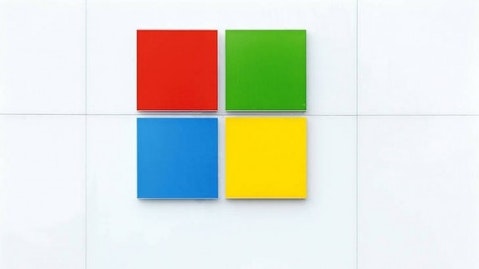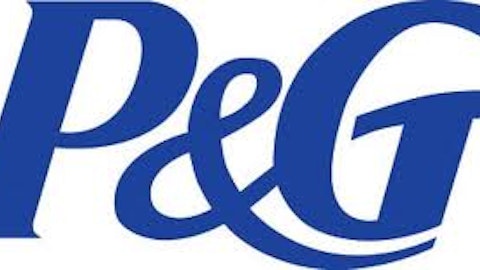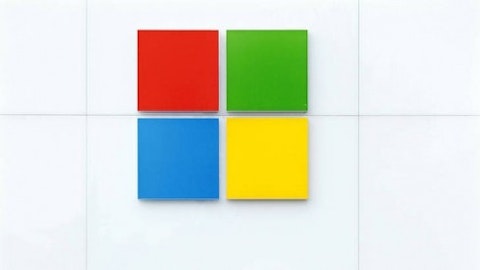The cloud-computing industry is gaining momentum in terms of revenue growth. It is estimated that revenue from cloud services will reach $148.8 billion by 2014, compared to $68.3 billion in 2010. This growth will have an impact on technology and will provide access to advanced computing resources at lower prices. Microsoft Corporation (NASDAQ:MSFT), Red Hat Inc (NYSE:RHT), and Oracle Corporation (NASDAQ:ORCL) offer technologically-advanced products that have proven to be beneficial to their customers in terms of cost and improvement. Let’s find out what focus each company has picked to gain market share.

Revenue growth through cloud and office segments
Microsoft Corporation (NASDAQ:MSFT) recently declared that its cloud computing platform, Microsoft Azure, has crossed sales of $1 billion in the past 12 months. It had an average sales growth of 10% in the past nine quarters. Its subscriptions have increased by 48% in the past six months with more than 200,000 Windows Azure customers. It now has 20% market share in the cloud computing business against 71% market share of Amazon Web Services.
It is expected to reach 35% by the end of this year because of the rise in its customer base. Looking at this progress in the cloud-computing segment, ValueAct Capital has increased its stake to $2 billion in the company. Microsoft Corporation (NASDAQ:MSFT) Azure contributes 17% to Microsoft’s total revenue. With such pace, its server business will boost revenue by 20% to approximately $22 billion by the end of fiscal year 2014, up from $18.6 billion in 2012. This will result to 24% contribution to the overall revenue of the company.
In the first quarter of fiscal year 2013, Microsoft Corporation (NASDAQ:MSFT) reported $6.3 billion revenue, growing by 10% year over year. The reason for the boost in sales was the launch of Office 365 in February 2013, a paid service which offers MS-Office capabilities on cloud platform. The Office segment has a 93% market share in the Office-suite market, and has the highest margin – at 65% – compared to all other segments. It can be accessed by a single user from five different devices.
Microsoft Corporation (NASDAQ:MSFT) is also cross-selling other products like Skydrive, Skype services, Lync, and Exchange along with Office 365. Upon purchasing it, customers additionally get 60 minutes of international Skype calls every month and services like 20GB of SkyDrive storage, a cloud storage service. It is reporting a revenue run rate or annual revenue of $1 billion. This is expected to further grow to $2.5 billion of revenue by fiscal year 2016.
New hardware, lack of focus
Last month, Oracle Corporation (NASDAQ:ORCL) launched two new processor series, T-series and M-series, to revitalize its falling hardware segment. Its T5 microprocessor from the T-series is said to boost 16 cores, which will put forth a better clock speed of 3.60 GHz, compared to its predecessor T4, which had eight cores and a clock speed of 3.00 GHz. Clock speed is the rate or speed at which the computer processes information. T5 is the fastest microprocessor in the database industry, supported with 17 world-record benchmarks. Oracle’s M5 server from the M-Series has 32 processors that will help its Oracle Corporation (NASDAQ:ORCL) Database run 10 times faster compared to its M9000 server. Due to a delay in the launch of these servers, the customers also delayed their purchases, which led to declining sales in the third quarter of fiscal year 2013.
Despite the sale of 800 engineered systems, the hardware-system products revenue decreased by nearly 22% from $869 million in the previous quarter to $671 million, presently. Since the acquisition of Sun Microsystems in 2010, Oracle Corporation (NASDAQ:ORCL) has sold more than 5,000 engineered systems. With the inclusion of these latest microprocessors, it estimates revenue growth in this segment by 16% to $781.6 million in the fourth quarter of fiscal year 2013.
However, one factor which will act as a headwind to the company is higher pricing of Oracle products. Oracle Corporation (NASDAQ:ORCL) spends approximately $5 billion annually on research and development in the license and software as a service, or SaaS, segment, which is more than the combined revenue of companies like Databax, Salesforce, 10Gen, and Workday. This makes other products in the market cheaper and they have lesser cost of ownership compared to Oracle. In other words, $1 spent on Workday will conceivably eliminate the $5 spent on Oracle.
The purchasing price of a SaaS application includes database, middleware, hardware, and database administration technology. Whereas in the database management space, the pricing structure of the new data management technologies is cheaper than the Oracle environment because they are open-source. This is the most profound risk to Oracle and has led to difficulty in renewing maintenance revenue.
Filled backlog and repurchase plan in the cards
Unbilled backlogs are contracts of customers that are to be billed in the future, and they do not appear in the financial statements. Red Hat Inc (NYSE:RHT) presently has an unbilled backlog record of over $280 million, which is 40% higher than $200 million of the previous year. It is expected that $180 million from this backlog will be billed by fiscal year 2014. The reason for this increment in the backlog is that the company is being awarded with an increasing number of multi-year deals, which will be billed based on the course of the contracts. Its top 30 deals were worth more than $1 million, including six deals above $5 million and three deals more than $10 million. Red Hat Inc (NYSE:RHT) now provides services and solutions to nearly 90% of the Fortune 500 companies.
Red Hat Inc (NYSE:RHT) announced share repurchase on April 15, 2013 worth $300 million. Previously, the company had repurchased its final $179 million of $300 million at $49.15 per share in February 2013. It is using only 23% from its cash and investments, worth $1.3 billion, for allocation. These $300 million sum up to 3% of the 193 million outstanding shares as of February 2013. The reason for this frequent share buyback strategy is that the company has excess cash piles and is capable of increasing funds if required in future.
Conclusion
With Microsoft Corporation (NASDAQ:MSFT) Office 365 at an annualized revenue of $1 billion and Microsoft Azure already crossing the $1 billion revenue mark, the company displays its progress in the cloud and office-suite market.
Red Hat Inc (NYSE:RHT)’s plan of share repurchase makes it an investor-friendly stock; it also has a secured year ahead due to its unbilled backlog.
Oracle Corporation (NASDAQ:ORCL) is focusing on improving its hardware segment and license and software segment in order to boost revenue, which did not show great results in the previous third quarter of fiscal year 2013.
I recommend buy for all these stocks, for long-term gains.
The article 3 Cloud Companies You Must Buy originally appeared on Fool.com and is written by Madhu Dube.
Madhu Dube has no position in any stocks mentioned. The Motley Fool owns shares of Microsoft and Oracle. Madhu is a member of The Motley Fool Blog Network — entries represent the personal opinion of the blogger and are not formally edited.
Copyright © 1995 – 2013 The Motley Fool, LLC. All rights reserved. The Motley Fool has a disclosure policy.




